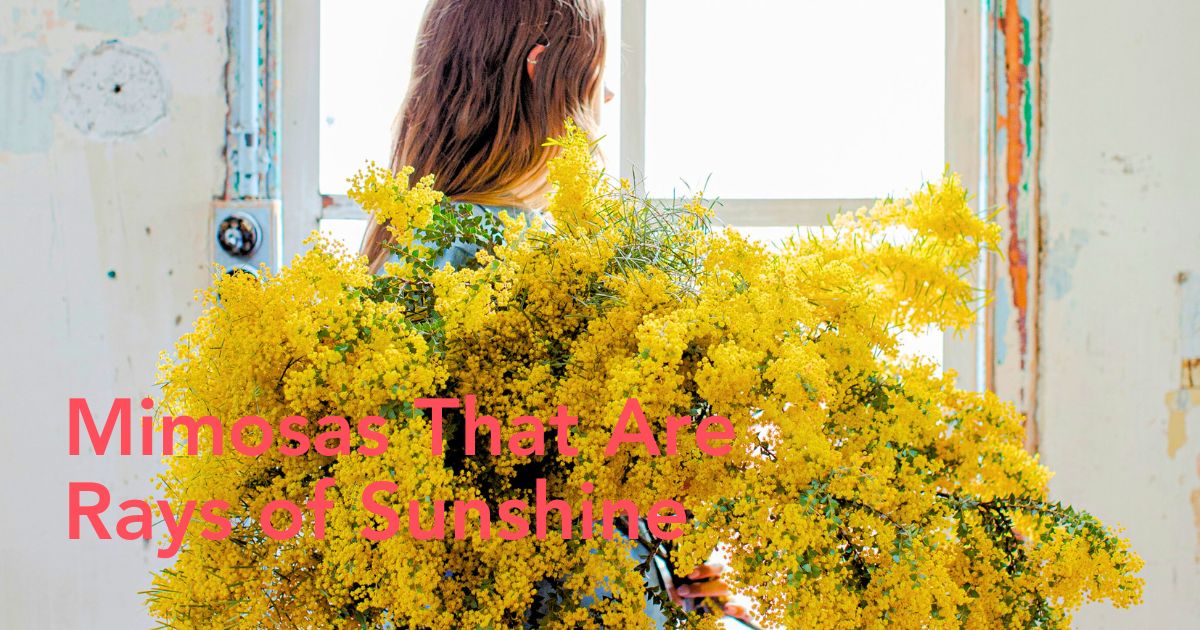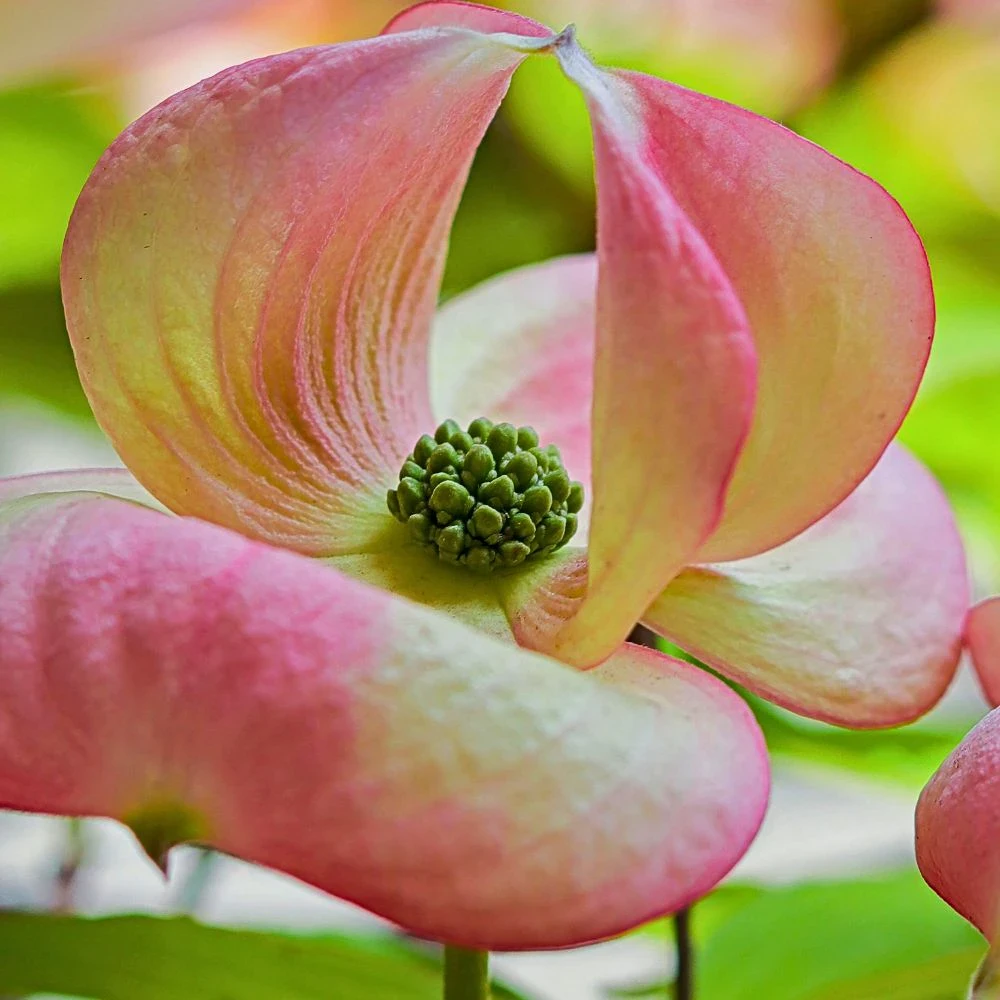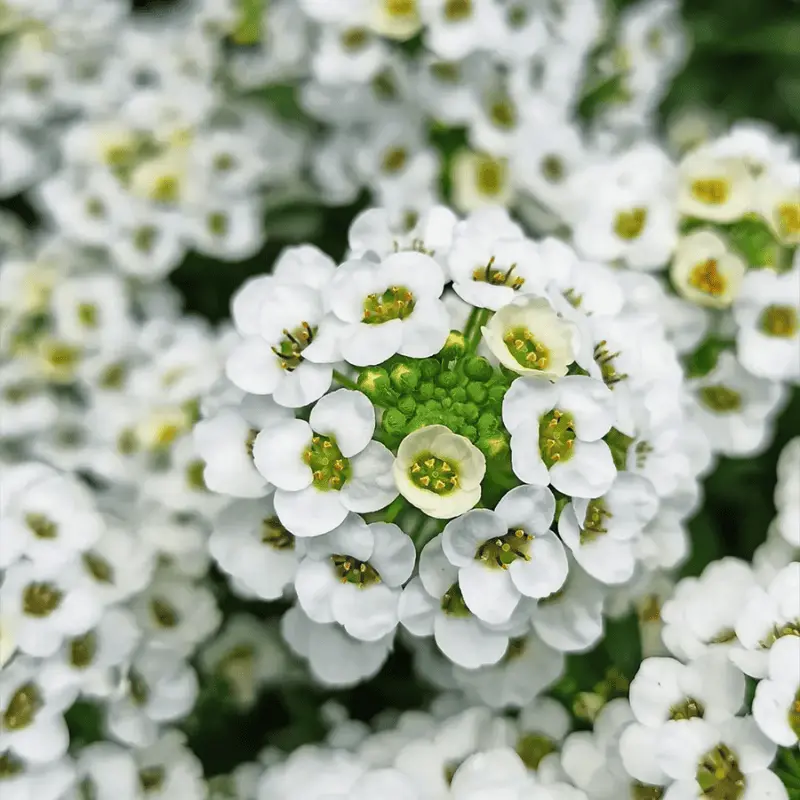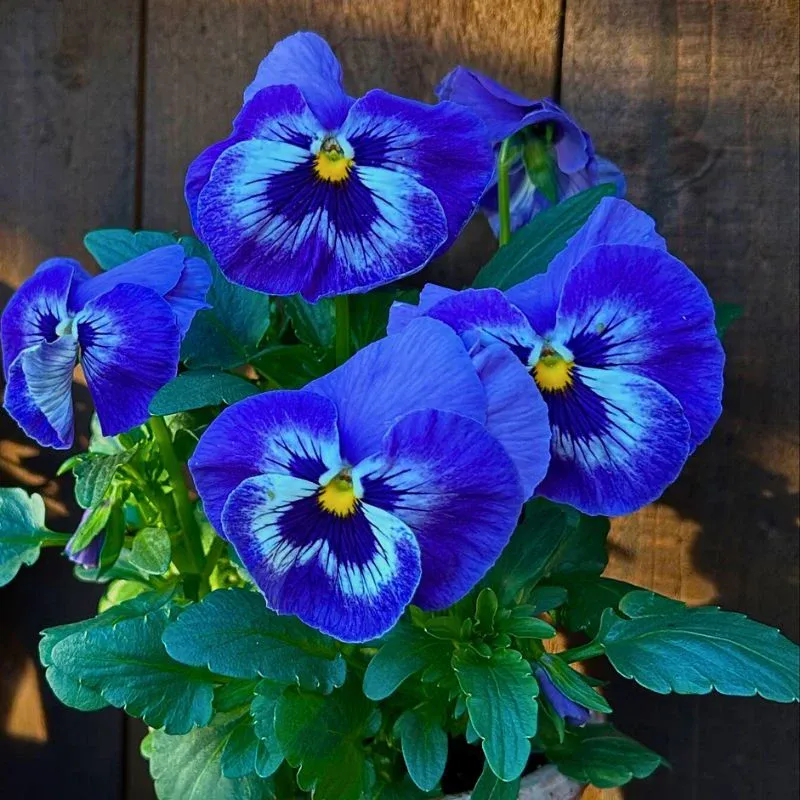Acacia dealbata, also known as silver wattle or mimosa flower has been one of the most characteristic crops since the beginning of flower cultivation in the San Remo area in Italy. The sunny flower, which prefers to be grown in warm, tropical landscapes originates from Asia and Africa and has been widely introduced in the hot Mediterranean temperate, is a rare but beautiful find.
Not only is it one of the Italian flowers that represents the start of the spring season but the mimosa flower is also known as the official flower to give out on International Women's Day. Ready to know more? Keep reading to learn everything about mimosa flowers and why they're one of the flowers that symbolize IWD.
What Is a Mimosa Flower?
It's time to explore mimosa flowers in-depth and find out where their name actually comes from and what this flower actually is. So, to give this yellow flower a go, let's begin with the simple basics — what is a mimosa flower? The mimosa flower is a genus of roughly four hundred different shrubs and herbs. The name is derived from the Greek word 'mimos', which means actor or mime, while the suffix means 'resembling. This is likely because the leaves are said to mimic conscious life.
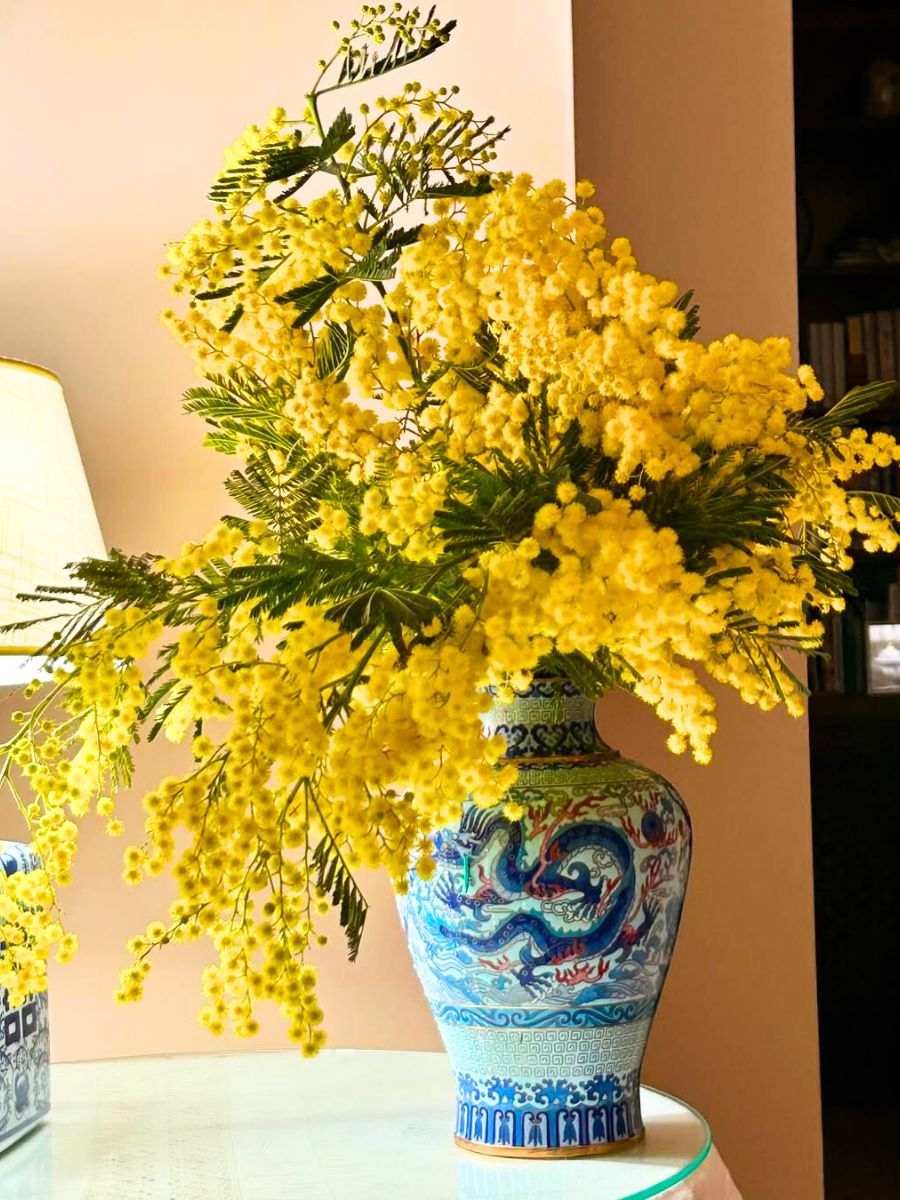
Origin of the Mimosa Flower
The mimosa flower is part of the Fabaceae family and grows on a flowering tree species. There are more than 1,200 species found in various colors and shapes around the world. Mimosa is also called 'winter mimosa'.

The mimosa overgrows in many cases, and it can reach 10 meters (over 3 feet) in height and live for more than fifty years. The flowering starts in January and continues until March. It is a hardy tree that can survive low temperatures ranging from -7 to -10 degrees Celsius (14-19 degrees Fahrenheit). However, it requires a lot of sunshine to properly survive. The flower is very prevalent in the regions of southern France where the number of days of sunshine, even in winter, is very high.
The African continent also has acacias typical of the savannah, which are very thorny, with less spectacular flowering, but which constitute an essential source of food for the fauna. Important to take into consideration that most mimosa flowers are native to Australia, but also from tropical and subtropical regions of Africa. The Acacia was introduced in 1850 in many mild climate areas where some became naturalized. Ultimately, they are bright, beautiful, and extremely joyful yellow plants of the Mediterranean climate, making them semi-rustic.

The Symbolism of the Mimosa Flower
The mimosa flower stands out with its yellow, fluffy, round buds, offering a subtle brightness that can lighten up both homes and gardens. Giving mimosa flowers is a thoughtful way to express friendship and care. Beyond its sunny appearance, the mimosa carries meanings tied to appreciation, warmth, and quiet strength, making it a meaningful choice for many occasions.
In some cultures, the mimosa flower is tied to sensitivity and thus often given as a gesture of mourning at funerals but in countries such as Italy and the United States, it is a favorite for celebrating International Women's Day. It not only serves as a symbolic gift but it also has deep cultural significance in Italy. It has been a symbol of the women’s movement since the 1940s and represents solidarity and resistance. Mimosa is also the symbol of the city of Rome and has been featured in many works of art.

That said, this worldwide commemoration and celebration sees this flower as a representation of strength, beauty, and grace, making it an important symbol. It is a fitting tribute to the women who have played important roles in shaping Italian history and culture. The tradition of giving them on Women’s Day began in the early 20th century and continues to this day. Men give flowers to their mothers, wives, sisters, daughters, and other important women in their lives as a way of expressing their love and gratitude.
On the other hand, the mimosa flower's meaning is also widely appreciated in the world. With Asian roots, it comes as no surprise that the mimosa flower has been used in traditional Chinese medicine for centuries. The bark, in particular, is known as a helpful tonic for cleaning the energetic pathways of the body, such as the heart and the liver.
The flower can provide a significant spiritual boost and is known as the 'Collective Happiness Bark' in Asian cultures. But also in other cultures, such as the ancient Mayans, mimosa flowers were used to treat burns and injuries. Even today, it is still often used in homeopathic medicine, specifically to treat coughs, colds, and inflammation.
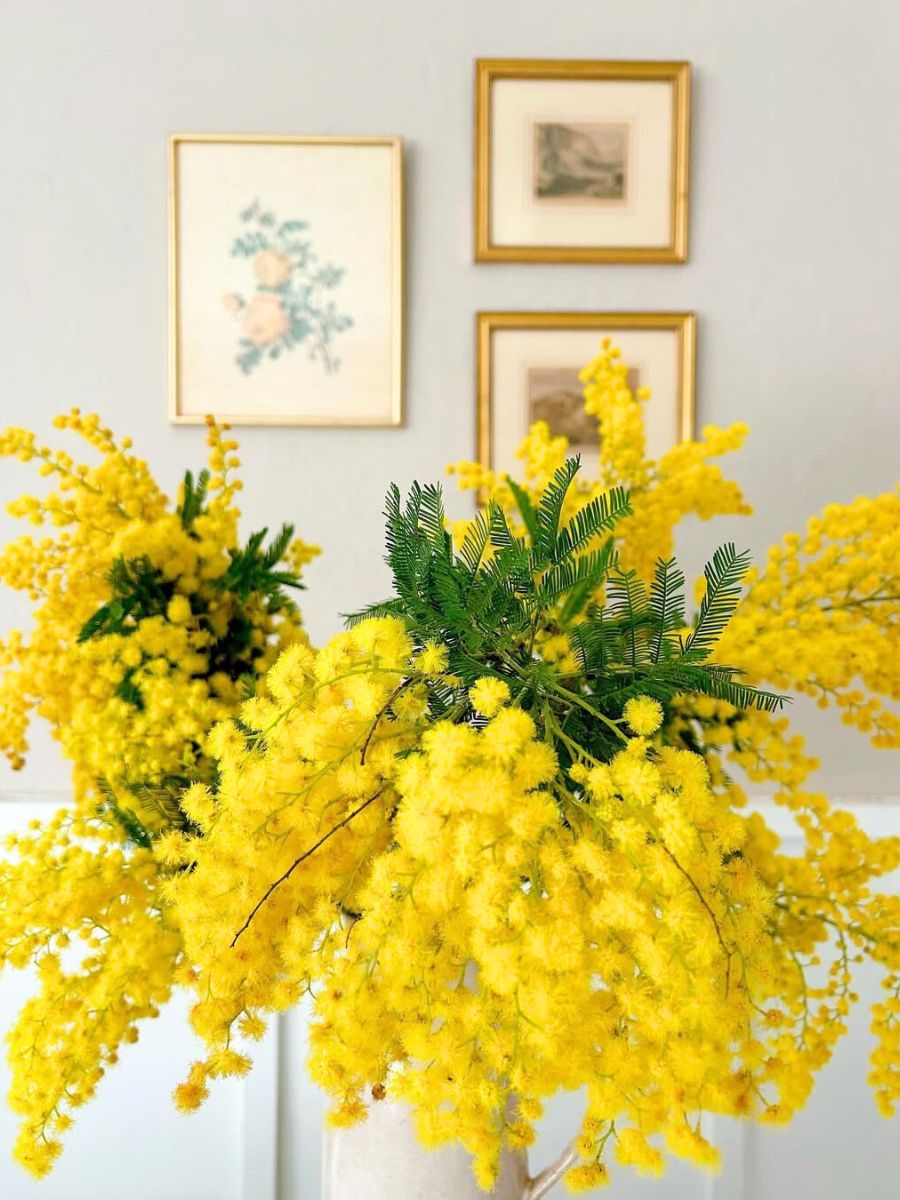
Why Does the Mimosa Flower Represent International Women’s Day?
Since 1977, March 8 has been observed as International Women's Day, a day set aside by the UN to recognize the contributions women have made to society. Giving a mimosa bud or little bouquet to a woman is customary in Italy. Read more about six interesting facts about IWD.
International Women's Day's history contains several significant beginnings. The devastating Triangle Shirtwaist Factory fire in New York, which happened in 1911 and killed 146 garment workers — 123 women and girls and 23 men — is supposed to be remembered on this day. Italian and Jewish immigrant women and girls, ages 14 to 23, made up the majority of the victims. In addition, two other significant international events are remembered on this day: a strike by female garment workers on March 8, 1857, in New York, which resulted in the establishment of the first women's union in the US, and a strike by Russian women on the same day in 1917.
They were chosen as a powerful emblem for Women's Day by feminists in Italy. To commemorate the inaugural International Women's Day following the end of World War II, they chose the flower in 1946 which at this time, feels much more relevant.
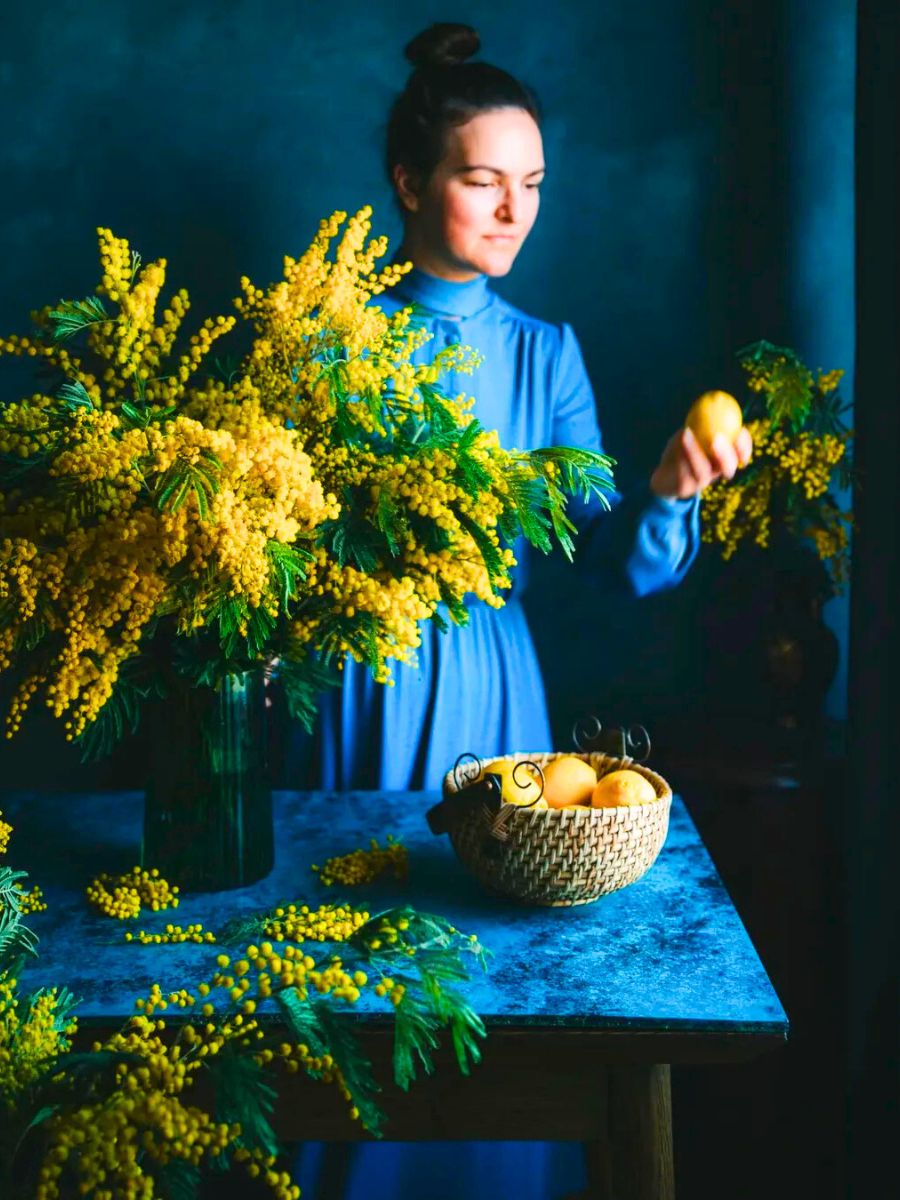
Photo: @pancake_planet
The Cultivation of the Mimosa Flower in Italy
In the first decades of the twentieth century, the cultivation of the mimosa flower spread in the valleys of the Ligurian Riviera di Ponente and comes from the nearby French Côte d’Azur. Even today, they characterize this corner of the Mediterranean, which has an ideal climate. The production of this yellow flower covers a total area of about 350 hectares (mainly in the valleys of Valle Nervia, Vallecrosia, and Valle Argentina). It is said there are more than 1,600 companies that grow mimosa flowers in the province of Imperia.
To maintain a healthy look, it needs a mild climate all year round and prefers warm and sunny places. They can withstand temperatures as low as -5 degrees Celsius (23 degrees Fahrenheit) without suffering irreparable damage. In the Riviera di Ponente, the climate to grow mimosas is ideal, as winters are mild and temperatures rarely drop below freezing.
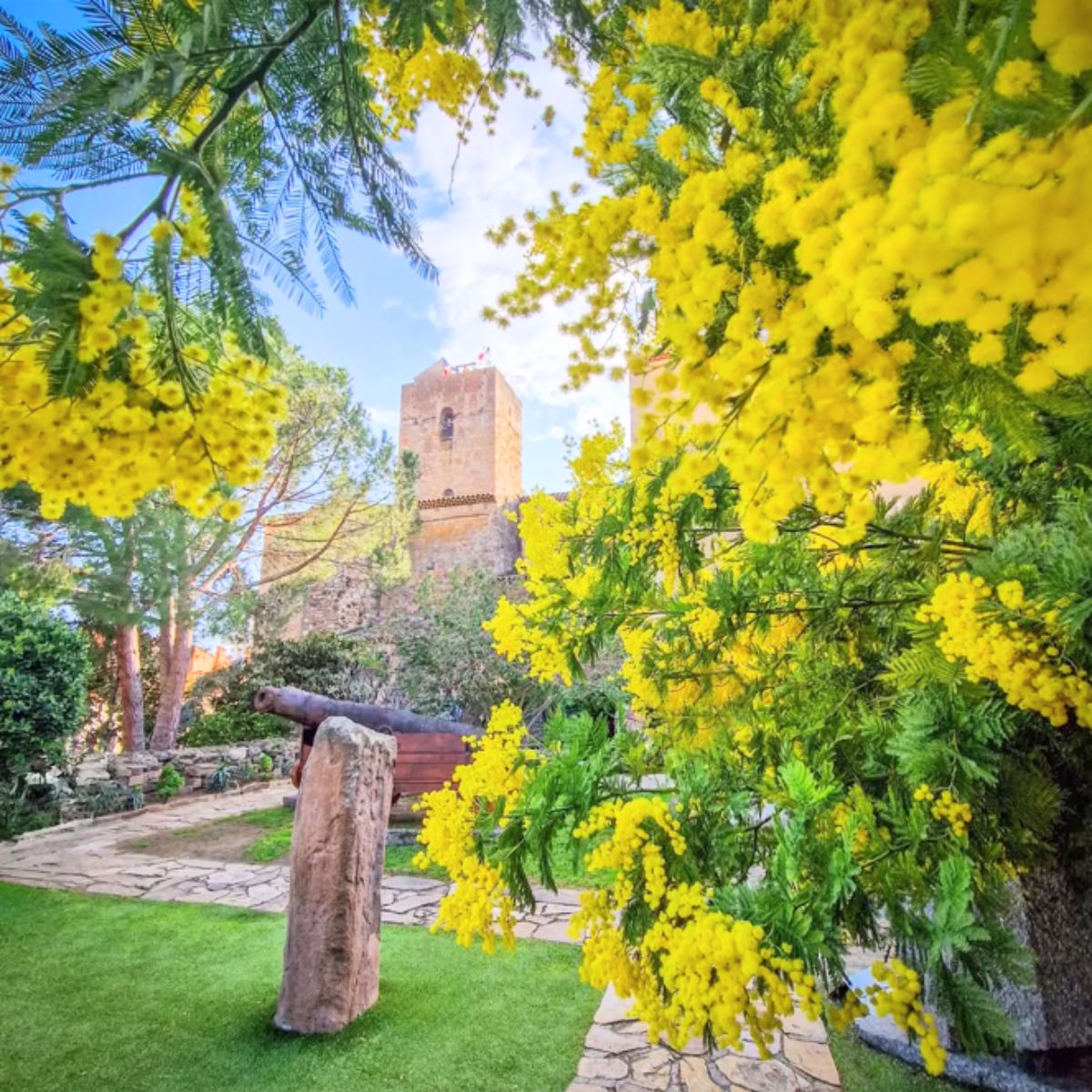
Diverse Uses of the Sunny Flower
With a perfectly round and fluffy appearance, this flower can be a beautiful addition to floral arrangements, adding softness, texture, and a pop of color, just in time for one of the biggest commemorations of the year. Here are some ways it can be used to create a symbolic bouquet or gift for that special woman in your life:
- Mimosa flowers can be used as the focal point of an arrangement, placed prominently in the center or off-center to draw attention.
- They may also be incorporated into hand-tied bouquets, adding a playful and romantic touch.
- Mimosa flowers complement a variety of other flowers, such as roses, tulips, and ranunculus. They can be mixed in arrangements to add texture and interest.
- Did you know these flowers can be woven into wreaths or garlands, adding a touch of springtime charm to doorways, mantels, tables, or events that celebrate IWD?
- They can be floated in bowls of water for a simple yet elegant display, perfect for events or as a minimalist home decor accent.
- Mimosas can be dried and used in dried flower arrangements, retaining their delicate appearance for long-lasting beauty. This can be a way to represent the long-life admiration you have for women as dried flowers last a lot longer!
- Lastly, they can be used in large-scale floral installations, such as arches, arbors, or hanging arrangements. They can be the ideal focal point for photoshoots and arrangements as well because of the amount of movement they create.
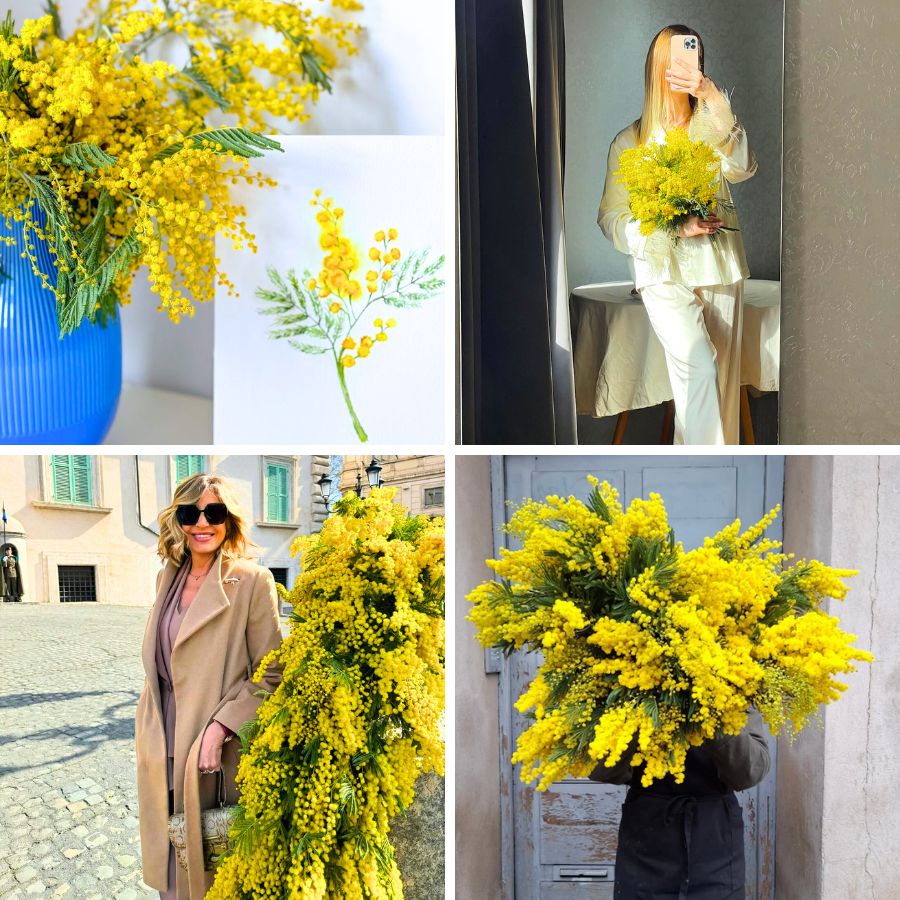
When working with mimosa flowers, it's important to handle them gently due to their delicate nature and to keep them hydrated to prolong their freshness and color in arrangements. This International Women's Day, give the significant women in your lives mimosa flowers as a symbol of your care, love, and admiration for everything women do. Are you a declared fan of mimosa flowers yet?
Feature image by @adelineestephotographe.

